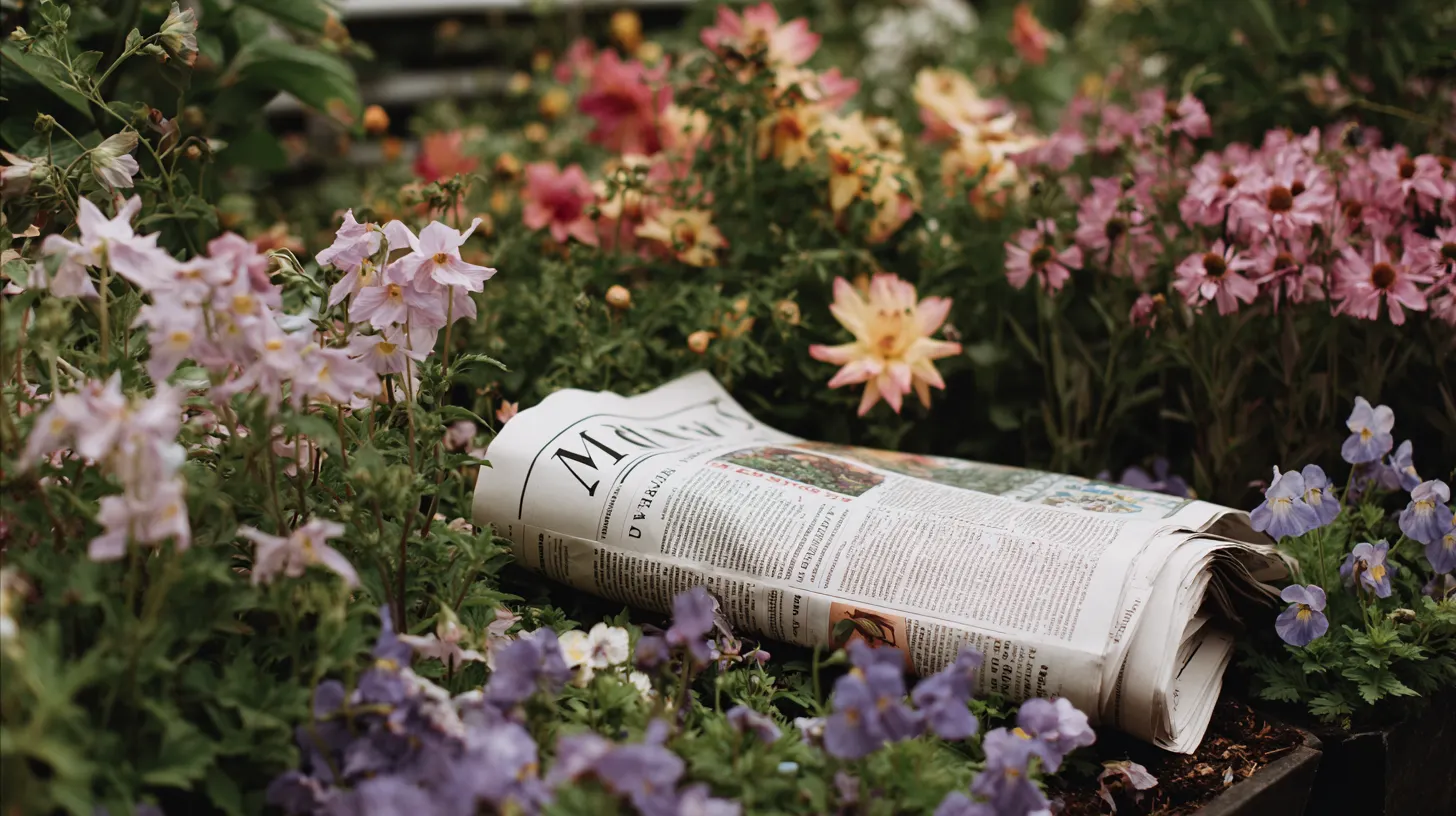Introduction
AI image generation has exploded in popularity, allowing anyone to bring their wildest visions to life with a few well-chosen words. Whether you're using an AI image generator for art, design, or marketing, mastering the craft of AI-generated images requires more than basic prompts. If you're looking to move beyond basic outputs and truly elevate your AI art, there's a world of advanced prompt engineering techniques to explore. From refining your AI prompts to understanding post-generation enhancements, here are five practical tips to significantly improve the quality of your AI-generated images, focusing on clarity, composition, lighting, and more.

1. Master the Art of the Prompt: Precision is Power
Think of your prompt as a detailed blueprint for the AI. The more precise and descriptive you are, the better the AI can understand and execute your vision.
- Be Specific, Not Vague: Instead of "a forest," try "a dense, ancient redwood forest bathed in early morning mist, with shafts of golden sunlight piercing through the canopy."
- Utilize Adjectives and Adverbs: These add crucial detail. "A majestic, stoic lion looking intently" is better than "a lion looking."
- Specify Styles and Artists: Want a particular aesthetic? Include "in the style of Van Gogh," "cyberpunk art," or "photorealistic."
- Experiment with Weights (if applicable): Some platforms allow you to assign weights to different parts of your prompt (e.g., (red car:1.2) next to a blue house). This tells the AI which elements are more important.
2. Composition is King: Guiding the Viewer's Eye
A great image isn't just about what's in it, but how it's arranged. Even AI can benefit from compositional guidance.
- Rule of Thirds: Often, AI generators intuitively follow this, but you can reinforce it. Use terms like "subject slightly off-center," "figure placed at the intersection of thirds."
- Leading Lines: Describe elements that draw the eye into the image. "A winding path leading to a distant mountain," "a river snaking through a valley."
- Framing: Use natural elements to frame your subject. "Branches framing the sunset," "a doorway framing a bustling street scene."
- Negative Space: Sometimes, what's not there is as important as what is. "Minimalist composition with ample negative space around the subject."
3. Harness the Power of Light and Shadow: Creating Depth and Mood
Lighting is fundamental to photography and art, and AI is no exception. It defines mood, highlights subjects, and adds depth.
- Specify Light Source and Direction: "Backlit portrait," "harsh overhead lighting," "soft rim lighting from the left."
- Time of Day: "Golden hour," "blue hour," "noon sun," "moonlit night." Each brings a unique quality of light.
- Atmospheric Effects: "Foggy morning," "rainy day," "dust motes catching the light," "volumetric lighting."
- Shadow Details: "Long, dramatic shadows stretching across the ground," "soft, diffused shadows."
4. Post-Generation Enhancement: Clarity and Refinement
Even with perfect prompts, AI images often benefit from a touch of post-processing, much like traditional photography.
- Upscaling: Use dedicated upscaling tools (many AI platforms have them built-in, or use external ones like Gigapixel AI) to increase resolution without losing detail. This is crucial for printing or high-quality display.
- Sharpening: A subtle amount of sharpening can bring out finer details, especially after upscaling. Be careful not to overdo it, which can lead to artifacts.
- Color Correction and Grading: Adjust brightness, contrast, saturation, and color balance to achieve your desired look. This can dramatically change the mood of an image.
- Noise Reduction: AI images can sometimes have digital noise. Gentle noise reduction can smooth out textures.
- Minor Retouching: Remove small imperfections or odd artifacts that the AI might have generated.
Want to skip the manual editing? Our Auto Photo Enhancement tool uses AI to automatically optimize lighting, colors, and sharpness—giving your AI-generated images a professional polish in seconds.
5. Iteration and Evolution: Don't Be Afraid to Regenerate and Refine
AI art is rarely a one-shot process. The most stunning results often come from a cycle of generation, evaluation, and refinement.
- Generate Multiple Variations: Most platforms allow you to generate several options from a single prompt. Pick the best starting point.
- Identify Weaknesses: Look for areas that could be improved – blurriness, awkward limbs, inconsistent lighting.
- Adjust Your Prompt: Based on weaknesses, tweak your prompt. Add negative prompts (e.g., --no blurry, deformed hands) to avoid undesired elements.
- Use Seed Numbers (if available): If you get an image you almost love, note its seed number. You can often regenerate similar images with slight prompt modifications to iterate on that specific visual.
Ready to Create Stunning AI Art?
By applying these five practical tips, you'll move beyond basic AI outputs and start consistently generating high-quality, visually compelling images that truly reflect your creative vision. But don't just read about it—experience the power of AI image generation yourself.
Start creating now with our free AI tools:
- AI Image Generator - Transform your ideas into stunning visuals in seconds
- AI Hairstyle Try-On - See yourself with 20+ trendy hairstyles instantly
- Virtual Makeup Try-On - Experiment with different makeup looks before buying
All tools are 100% free, require no login, and offer unlimited generations. Start your AI art journey today!
